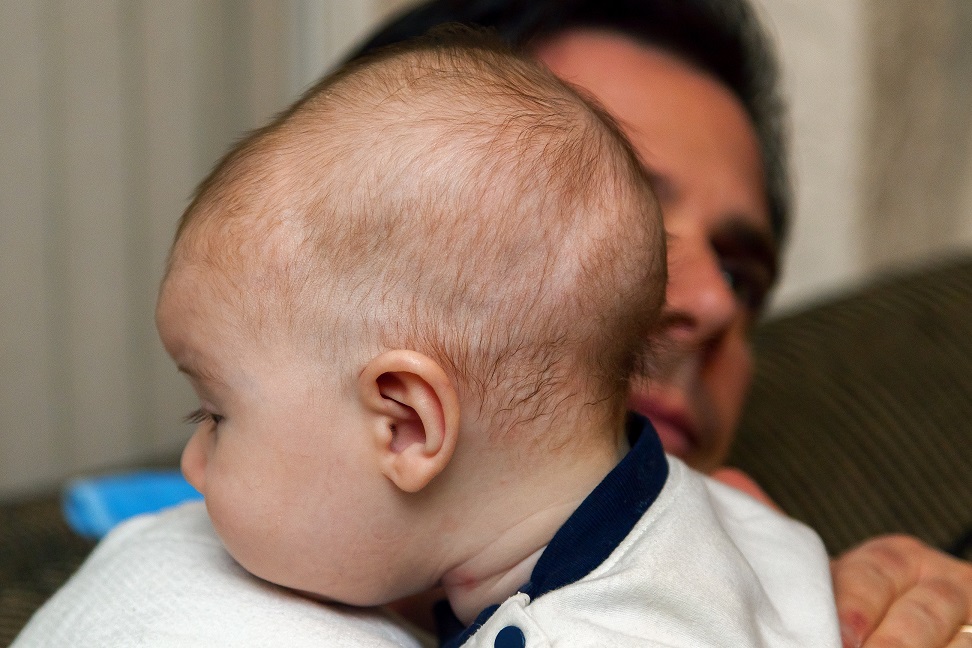It is known that during some period after birth, the bones of the head are not fully formed. Due to this, the baby’s head can pass through the birth canal, which would otherwise be too narrow. After birth, the skull bones become hard and weld gradually, slowly enough to develop the baby’s brain and head. However, sometimes this suture occurs at a very early stage of development, causing changes that can have serious consequences. This early suture is called craniosynostosis.
So, craniosynostosis is a premature fusion of the skull bones in children, which causes some deformities of the head and face and interferes with the brain’s development and growth. The dangerous thing about this disease is that in severe form, this pathology leads to severe damage to the nervous system, loss of vision and hearing, mental retardation. Fortunately, it can be treated with the help of craniosynostosis & chiropractic care in New York City.
Types of craniosynostosis
The growth of the skull occurs perpendicular to the cranial suture. And if any suture is prematurely ossified, then further development occurs due to excessive growth of the crown in the area of other sutures, which leads to deformation of the shape of the head and face, compression of the brain. The complexity of all these changes is called “craniocerebral imbalance”.
The degree of deformation depends not only on the bone suture involved in the pathological process: the longer the child remains without specialized help, the more pronounced the deformation of the skull. This is the reason why there are different types of craniosynostosis. Correction of craniosynostosis is advisable to perform up to 1 year of age. The time of craniosynostosis largely determines the nature of the forthcoming intervention: the earlier the child receives help, the less traumatic it will be, while the cosmetic results will be better.
So what are the different types of craniosynostosis?
Scaphocephaly
Scaphocephaly type of the disease happens the most often and affects mainly boys. As a result, the shape of a child’s head is becoming longer than it should be. As the disease continues, the forehead of the person and the occiput protrude noticeably forward. This type is the least problem for normal brain development, and it is relatively easy to diagnose.
Brachycephaly
When brachycephaly happens to the child, the skull cannot grow upwards. Therefore it expands in width. The head is flattened and broad.
Trigonocephaly
This type of disease also affects appearance in a specific way. As a result of this deformity, the forehead protrudes sharply forward and eyes are set very close together.
Posterior plagiocephaly
This type of disease is very rare. It is mostly the uneven development of the sides of the skull, which leads to a clear skew of the head and face to one side.
Most often, there is an incorrect fusion of only one cranial suture. The fusion of all the seams is called microcephaly. This is a severe disease where the skull does not grow and remains small (child) in size. As a result, the child’s brain is unable to grow and develop.
